Do Dogs Like Collars? [Unleashing the Truth]
Dogs and collars usually go hand in hand. It is something we consider normal for our furry friends. But have you ever pondered over the question, “Do dogs like collars?”.
Have you tried knowing if they enjoy that little piece on their neck? We often put them on without proper understanding- assuming they will be fine with it. That is not fair, right?
The good news is, in our experience, most dogs do not seem to mind wearing collars. Many of them enjoy it. Wearing a collar becomes a part of their identity, and they link it with positive things. However, it is worth looking into why your dog shows signs of removing it.
Let's find a few things about dog collars and know if our canine companions truly like them or not.
Why Are Dog Collars Important?
There are many reasons why dog collars are significantly useful for both dogs and their owners. There are several benefits to it. Don’t believe us? We will provide you with a few reasons to believe-
1. Walk supervision
Studies show that dogs have heightened senses stronger than ours. They have high energy, especially when taken out for walks. It can be hard to make them walk because of all the excitement.
Trainers frequently advise using a body or head harness instead of a collar to minimize potential strain on a dog's neck when pulling. Nevertheless, a collar remains crucial for training.
Many municipalities and counties mandate that dogs be registered and wear tags whenever in public. Collars serve as a convenient means of attaching these tags and controlling the pet when walking.
2. Identification
Dogs are difficult to identify if they get lost. Imagine losing your terrier and finding another similar-looking terrier that doesn't belong to you. That would be worrisome.
Dog collars play an integral role in deciphering their identification and quick return of a lost pet. While microchips are an effective means of identification, relying solely on them may pose challenges. This is because microchips require a specific reader, typically available only to veterinarians and shelters.
The tag provides immediate and accessible information, enabling anyone who finds the lost dog to contact the owner promptly. Therefore, collars are significant for you and your pet.
3. Handling Your Pet
Have issues handling your dog? Dog collars serve a versatile role in their handling. One vital aspect is the ability to swiftly control and secure your dog, whether exhibiting submissive or aggressive behavior.
In some situations, immediate action is necessary. You could use collars when encountering other animals or in crowded areas. A collar provides a convenient and quick means of gaining control.
Moreover, collars train dogs to show proper manners. By using collars, pet owners can establish boundaries and reinforce obedience. It is particularly helpful in preventing dogs from wandering away easily and facilitating responsible behavior in public spaces.
4. Aesthetic purposes
Designer Dog collars are not just pragmatic; they add style to your furry friend. Beyond functionality, they serve aesthetic purposes by allowing pet owners to express their dog's personality or showcase their fondness.
With a variety of colors, designs, and materials, collars become a fun and personalized accessory for your canine buddy. This simple yet chic addition may complement your dog's overall look. It could reflect the unique bond between you and your pet.
Thus, beyond the practicalities, dog collars are a delightful way to celebrate the individuality of your beloved four-legged friend.
What Are The Factors Influencing The Dogs' Approval of Collars?
For those of us who have the joy of being dog owners, you know the significance of simple dog collars. Whether used for management, identification, or fashion purposes, dog collars are a necessary element in every pet owner's repertoire.
However, a common curiosity may arise: Do dogs like wearing collars? Do they accept the collars easily? Let's explore this question together-
1. Understand the Dog’s Conduct
A dog's acceptance of a collar exudes via its behavioral influences and how comfortable collars feel. Imagine a playful puppy getting introduced to a collar for the first time.
If the collar is soft, fits well, and doesn't bother the puppy, it's more likely to accept it with happy body language. On the other hand, if the collar is too tight, uncomfortable, or rough, the puppy might resist wearing it and may show aggressive conduct.
Therefore, understanding your dog's demeanor and ensuring the collar is comfy plays a big role in how well they accept and adapt to wearing it.
2. Collars And Dogs: The First Experience
Take a moment to reflect on when your dog was a pup and you introduced the collar. If it was uneasy for them, it could influence acceptance levels. If you had adopted your dog, it could be hard to know the initial experiences. Nevertheless, the confusion or rebellious behavior related to it could influence their likeness toward it.
It is a natural behavior because dogs aren’t accustomed to such strange objects around their neck. The initial vile reaction isn’t necessarily a permanent one. It can be for the unfamiliar feeling. Still, it could affect them in some ways for liking or disliking it.
3. The Meaning Behind the Collar
There’s another way to understand the approval of collars by your pets. How? By considering the collar’s association with them. It is a fascinating aspect.
Dogs are smart and can connect things or actions with what happens next. If you only use a collar when it's time for a walk, you may think the collar means it's time for something exciting. So, it seems like they enjoy the collar, but it's the fun walk they are looking forward to.
Therefore, more than the collar’s acceptance, it can be the true meaning behind the collar influencing its approval. Isn’t that intriguing?
4. Choosing the Right Collar
Picking the right collar is a big deal for your dog. There are many different types of dog collars in the world, each with a distinct purpose and level of convenience. Some collars, like choke or prong ones, might make your dog uncomfortable and not like wearing collars.
On the other hand, a well-fitted, soft, and light collar can be easy for your furry friend to wear. It could make the experience more pleasant. Remember, the kind of collar you choose can influence their approval, how relaxed your dog feels, and how they react.
Why Your Dogs Might Like The Collars?
Collars have proven to be very useful in different ways. While many dogs don’t like wearing them, some love them. It can be surprising how they would react to it.
Here are a few reasons they may like the collar-
1. Gives a sense of routine
Dogs are creatures of habit. Making them wear a collar regularly might become part of their daily routine. It gives them a sense of predictability and solace. Just like mealtime or walks, putting on the collar could signal a regular and expected activity for them.
Routine can help them with anxiety issues, which directly makes them love the collar. It may have become attached to the collar, so suddenly removing it from routine may ignite uneasiness in them.
Why? Because the collar was a constant factor in their life. The routine could be why dogs love their collars.
2. Creates positive associations
Have you ever questioned, “Why does my dog want his collar on?”. There may be a reason. Dogs are quick to associate things with positive experiences. They may develop such an association because of the treats and affection they get after wearing.
This positive association could make them genuinely happy to have the collar on. Luckily, constant positive reinforcement helps dogs learn to put on a collar carefully.
Dogs might associate wearing a collar with activities they love. For instance, they may view putting a collar as the key to going on walks or being taken to the dog park in the car.
3. Provides a sense of ownership
Did you know dogs have a sense of pride and ego as well? When we talk about why dogs love their collar, some dogs link it with something greater. If they wear the collar for a long time, their scent sets in.
Dogs enjoy putting their smell on things they think are theirs. For instance, it can look like when they roll on your home carpet with it. They make it their own once the owner gives it. Thus, a collar is something a dog thinks belongs to them, and taking it away might feel like taking away their prized possession.
Is It Necessary For Dogs To Wear a Collar 24/7?
Dogs have a profound way of telling us what they like and dislike. It is up to us to read those subtle signs and grasp their reality rather than ignore them. Whether a dog wears a collar or not is up to its personality and your judgment.
Dogs need not wear collars 24/7, but you should put them in specific situations where their safety becomes a concern. For example, some breeds run out of the house when excited. Others gain the skill to escape the backyard! In such situations, putting on a dog collar is wise.
But there are also times when you should not leave the collar on. It is a wise decision for many reasons –
1. Taking them to the groomers
The groomer needs to wash and comb your dog thoroughly. For this reason, the collar must not be there.
2. Medical evaluation and exams
Your dog may need to be taken to the doctor for medical checkups. The collar may be an obstruction during specific tests and procedures. Hence, there should be no collars at that time.
3. Washing the collars periodically
There are times when you have to wash the collars for hygienic reasons. You won’t be able to do that with the collar put on the dog, can you? Hence, open the collar.
4. Let the dogs relax
Some of you may love changing to a comfortable nightgown to let the body breathe from all the formal wear and heels (for ladies). It feels good not to have tight jeans, shoes, ties, or coats while sleeping, right? The same goes for dogs. They may sleep well without it.
5. Dog daycare personnel removing it for safety
Dogs love playing outdoors and with other dogs. For safety reasons, they should not have the collar on. It could lead to risks of strangulation.
6. Health issues
Mild issues like skin irritation may cause problems for dogs. It's wise to put the collar away.
Once in a while, leave their collar off for a freer living, but stay vigilant of them too.
How Do Dogs Feel When The Collar Is Taken Off?
When a dog's collar is taken off, how they feel varies from one dog to another. It depends on the dog's past experiences and what the collar means to them.
For numerous dogs, taking off the collar is a relief. It can be uncomfortable and itchy, especially if worn for a long time. So, when the collar comes off, some dogs might scratch or rub their necks, feeling physically better.
Dogs also recognize their scent on the collar. Some dogs may lick it to show it's theirs after the collar is off. Dogs often explore the world with their mouths, and the collar might taste interesting after taking it off.
Furthermore, removing the collar can signal a change in activities for the dog. If the dog associates it with something positive, like playtime or walks, they might get excited, run around, or show happiness. Dogs learn quickly, and if they consistently have good experiences when the collar comes off, you should understand it as a positive event.
In short, how a dog reacts to having its collar removed is diverse. It is influenced by its past experiences, associations, and overall situation. Pet owners must pay attention to their dogs' conduct, ensuring the best for them and making them like the dog collar.
Why Might Dogs Dislike a Collar?
The perennial question- do dogs like their collars, is a critical debate. Some dogs may dislike collars for different reasons. Some may love it for other reasons. We only wished that dogs could speak/express it like we do, but that would only stay a dream.
Collars play a vital role in a dog's life. It serves as a means of identification and providing essential information about their health, location, and name. Apart from these practical functions, collars offer security and control for owners during walks or playtime. However, it's crucial to know that not all dogs readily embrace wearing collars.
Here are a few signs that indicate the dogs don’t like the collars-
Sign No. 1- The Collar Size
Understanding their discomfort is critical for responsible pet ownership. The size of the collar is a critical factor, when it comes to their comfort.
Much like humans, dogs grow and change, so selecting an aptly sized collar for each stage of their life is crucial.
Ill-fitting collars can lead to discomfort, prompting dogs to try to remove them constantly. They would dislike it soon. Ensuring a comfortable fit contributes to a favorable association with wearing a collar.
Sign No. 2- Past Trauma
Dogs have a commendable memory. You shouldn’t underestimate this quality. For some adopted dogs, negative experiences may have been associated with collars in the past.
If individuals have used a collar for control in a way that causes discomfort or constriction around the neck, it's not good. The dogs may perceive it as a tool for punishment or abuse.
This association can lead to resistance and anxiety when wearing a collar.
Sign No. 3- Collar Type
Certain types of collars, such as those delivering shocks or featuring sharp points, can intensify a dog's aversion. When these collars are associated with fear or pain, dogs may develop a negative attitude towards them.
It is possible even if they are not engaging in any undesirable behavior. Additionally, collars that need to be pulled over a dog's head can feel tightening and may trigger a dog to run away from the experience.
While understanding the importance of collars for a dog's safety, you must introduce and use them gently. Gradual acclimatization and training can help dogs develop a positive connection with collars. Ultimately, nurturing an association where dogs tolerate and adopt their collar is vital for their welfare.
How to Properly Fit a Collar?
If you want your dogs to like the collar, fitting a collar is one part of it. It will ensure their comfort, protection, and general welfare. The right fit means your furry friend can wear the collar without any issues.
It would make them walk and do daily activities enjoyably. Here is a guide on how to properly fit a collar-
1. Measure Your Dog's Neck
Since the collars go on the neck, start by measuring their neck. You can use a soft tape measure or a piece of string for precise measurement. Place the tape or string neatly around the base of the neck, where the collar will sit.
Ensure you can fit two fingers comfortably between the tape or string and your dog's neck
2. Collar Styles
There are various types of collars available, each serving diverse intents. Common types include buckle collars, slip collars, and martingale collars. Pick a collar based on your dog's behavior, size, and training preferences.
Buckle collars are secure and adjustable. Slip collars tighten when pulled, and martingale collars provide more control without choking. Do detailed research and buy one according to the size measured.
3. Getting the Head Through
Get some treats and find a comfy spot where your dog feels at ease. Take the collar, set it to the largest or the loosest size, and hold it with one hand. Have treats in your other hand, and gently guide your pet's head through the collar using the treats.
When their head is through, just say "Yes" and give them a treat. If your dog cannot put their head through right away, reward them for getting closer, trying five times until they are restful putting their head through the collar.
It helps your dog associate the collar with positive incidents.
4. Adjust the Collar Size
Once you have measured and put the head through, adjust the size that matches or is slightly larger than the dog's neck size. Most collars have flexible lengths to achieve a reasonable fit.
Do not select a collar that is too loose (as it may slip off) or too tight, which can cause discomfort or even harm your dog.
5. Check for Comfort
It is crucial to ensure the collar is comfortable for your dog. Run your fingers along the inside of the collar to check for any rough edges or seams that might irritate your dog's skin.
If you feel anything sharp or uncomfortable, consider choosing a different collar.
6. Watch for Proper Placement
Once the collar is on your dog, ensure it sits high on the neck, just below the ears and jawline. Avoid placing the collar too low on the neck, as it might slip off or cause distress.
The collar should not be tight, no matter where you place it. Allow two fingers between the collar and your dog's neck easily. It is an important function to place the collar properly.
7. Regularly Check and Adjust
Dogs grow fast, and collars may wear over time, so it's essential to check the fit regularly. You can allot time to adjust the collar every month.
If you notice any signs of discomfort or if your dog has outgrown the collar, adjust or replace it accordingly. You won’t understand the signs immediately, but it would be better to stay watchful.
A correctly fitting collar guarantees your dog stays safe and contented throughout their various life stages.
8. Consider Special Circumstances
Some dogs have specific needs based on their breed or health conditions. For example, flat-faced breeds may require wider collars to distribute pressure evenly.
Furthermore, dogs with specific injuries, neck, or respiratory issues may benefit from harnesses instead of traditional collars.
Dog Collars- Tips For Introducing and Getting Accustomed To It
Are you frightened about how to introduce a collar to your pet? Getting them used to such an object is not an easy task. After all, you do not want to scare them away. However, introducing a collar to your dog is a vital step in their training and safety.
Here are some simple tips to help you familiarize your dog with a collar and get them used to wearing it-
Start Slowly- Present the collar gradually and gently. Begin by allowing your dog to sniff and explore the collar before putting it on. It helps them get acquainted with the new accessory without feeling overwhelmed.
Select a lightweight and cozy collar for your dog. Avoid materials that may cause irritation or discomfort. Confirm that the collar is the right size- not too tight or loose. If you are wondering how tight should a dog collar be? Do your research by asking, reading articles, or watching videos. The internet has ample information.
Use Treats and Positive Reinforcement- Relate the collar to optimistic incidents by offering treats and praise. Every time you bring out the collar, give your dog a treat. It creates a reassuring connection and helps your dog see the collar as something enjoyable.
Short Sessions- Keep the first few sessions short, preventing your dog from becoming stressed or anxious. They may get overwhelmed and run away. So start with a few minutes and slowly increase the duration as your dog becomes more comfortable.
Distraction with Play- Dogs love playing! Therefore, use this opportunity to engage your dog in play while they are wearing the collar. It distracts them from the new sensation and helps them associate the collar with pleasurable activities.
Gentle Handling- Handle your dog nicely and gently when putting on the collar. Avoid any sudden movements or force. Make it a quiet and positive experience, so your dog learns to trust the process.
Monitor for Discomfort- Dogs have special ways of letting us know they are happy, sad, angry, or depressed. When introducing the collars, watch for signs of discomfort or irritation. If you notice any rubbing or redness, fine-tune the collar's fit or try a different type of collar.
Slow Adjustment to Buckles and Clips- If your dog's collar has buckles or clips, introduce these parts unhurriedly. Let your dog become familiar with the sounds and movements associated with fastening and unfastening the collar. If they feel unsettled, give treats or take a break and do it again.
Practicing Indoors- Now comes the time to let them get used to it. Begin practicing with the collar indoors, where your dog feels secure and familiar. Once you think they are comfortable, steadily transition to outdoor environments.
Stay Consistent- As we said, dogs are intelligent beings. They catch on to several actions perfectly. But if you are not consistent with the training, confusion may arise. Use the collar consistently, especially during walks or outdoor activities. It helps your dog understand that wearing a collar is a regular part of their routine.
Fitting Checks- If you have a pup, keep checking the collar for changes. Dogs grow at a rapid pace, and you need to keep up with that. They outgrow collars pretty fast. You can create a chart for your dog collars to know the changes and speed of growth of the dog.
Outings- Link the collar with exciting adventures by putting it on before heading out for walks or trips. This optimistic connection motivates your dog to view the collar as a prelude to delightful experiences.
Be Patient- Every dog is unique, and some may take longer to adjust than others. Be patient and understanding during the process. Avoid rushing, and let your dog progress at their own pace.
Remember, the goal is to create a good linkage with the collar and make it a normal part of your dog's routine. You will help your furry friend become relaxed and happy wearing their collar by following these tips with patience and uniformity. Only after practicing it will you get to know if dogs like collars or not.
Do Dogs Like Collars?- Make the Right Collar Choice for Your Dog
So, how does one know they are using the right dog collar? How would the owner know if their pets tolerate it or enjoy it? Well, there’s no definite answer. We can only imagine what’s going on in a dog’s mind. Some dogs might feel naked without a collar, while others may feel restrained.
What we do know is, you can judge them by understanding your dog’s preferences and needs.
Observation is the trick. Pay attention to their behavior. They may scratch near the collar continually or feel relieved when taken off. These scrutinizations may give insights into the comfort of your pet.
If your dog is small and has a delicate throat, try a harness. It would be more comfortable than a collar. But if the dog has a thick coat, a rolled leather collar would be better. It would prevent the dog from matting.
Typically, a well-behaved dog is fine with a flat collar or harness. If you have a more challenging dog, professional collars can be helpful because the right collar helps your dog follow your commands.
However, you should also note this- the right collar is just one aspect of keeping them well-trained and happy. While they could love or hate their collars, look into providing them with a suitable environment and visit the veterinarian for proper check-ups. It will be an excellent living for dogs.
Make Your Dogs Love Collars!
Making your dog love collars requires lots of patience and consideration.
It's imperative to introduce the collars carefully to them like like it. Consider your dog's training level and breed as well. Treats can make the introductory sessions more effective.
If you are looking for collars, Doodle Couture offers a fantastic collection of sturdy, comfortable, and easily modifiable collars. We also keep harnesses, leashes, accessories, and special bundle sets.
We have everything that your puppy needs to be their best. Call us with your requirements, and we'll provide the perfect collar for your furry friend.



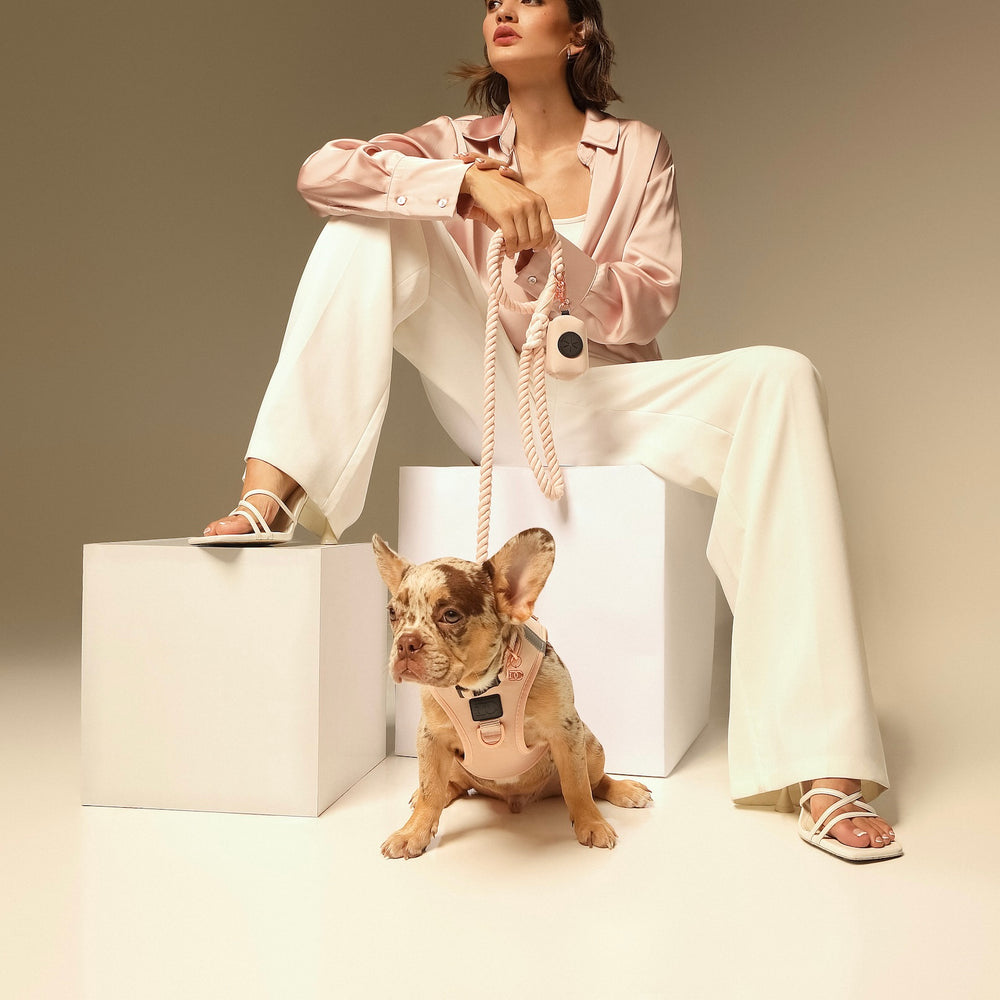
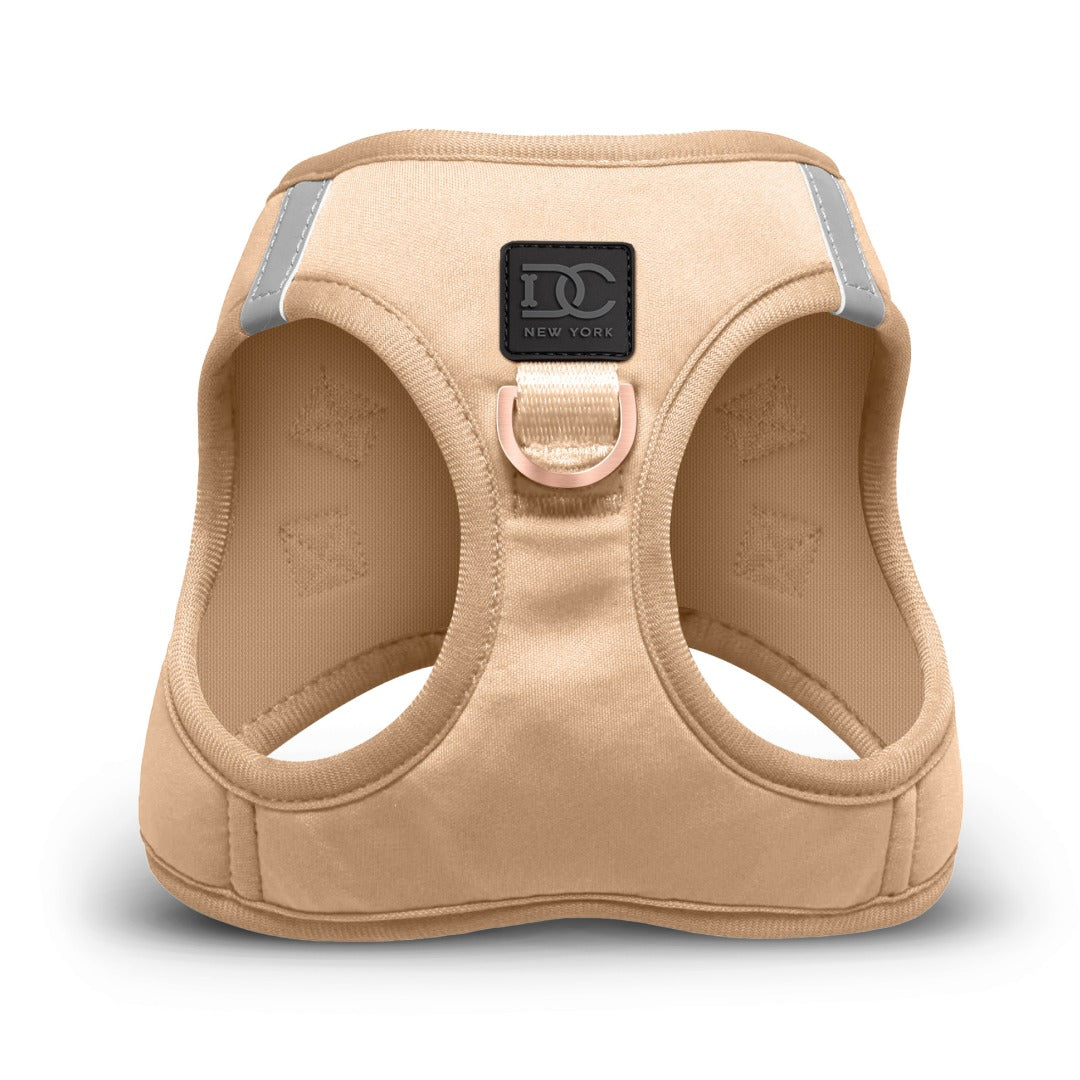
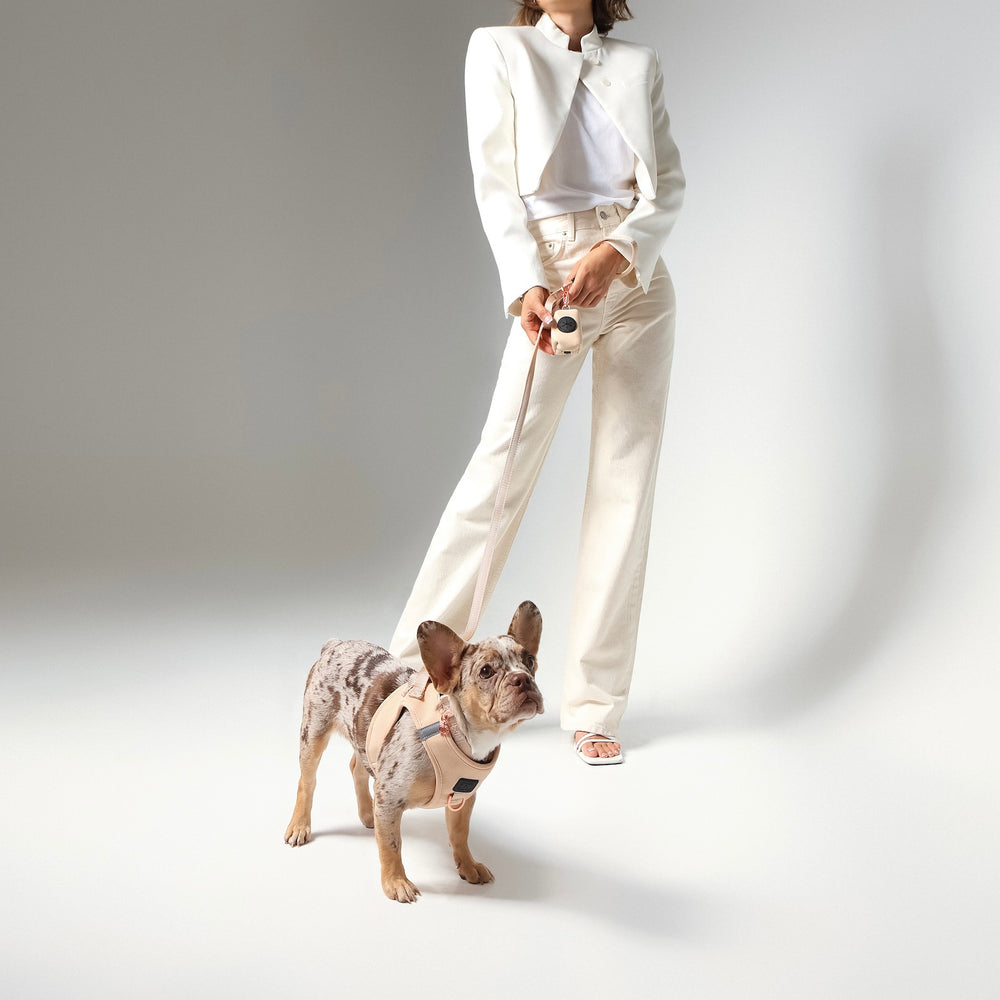
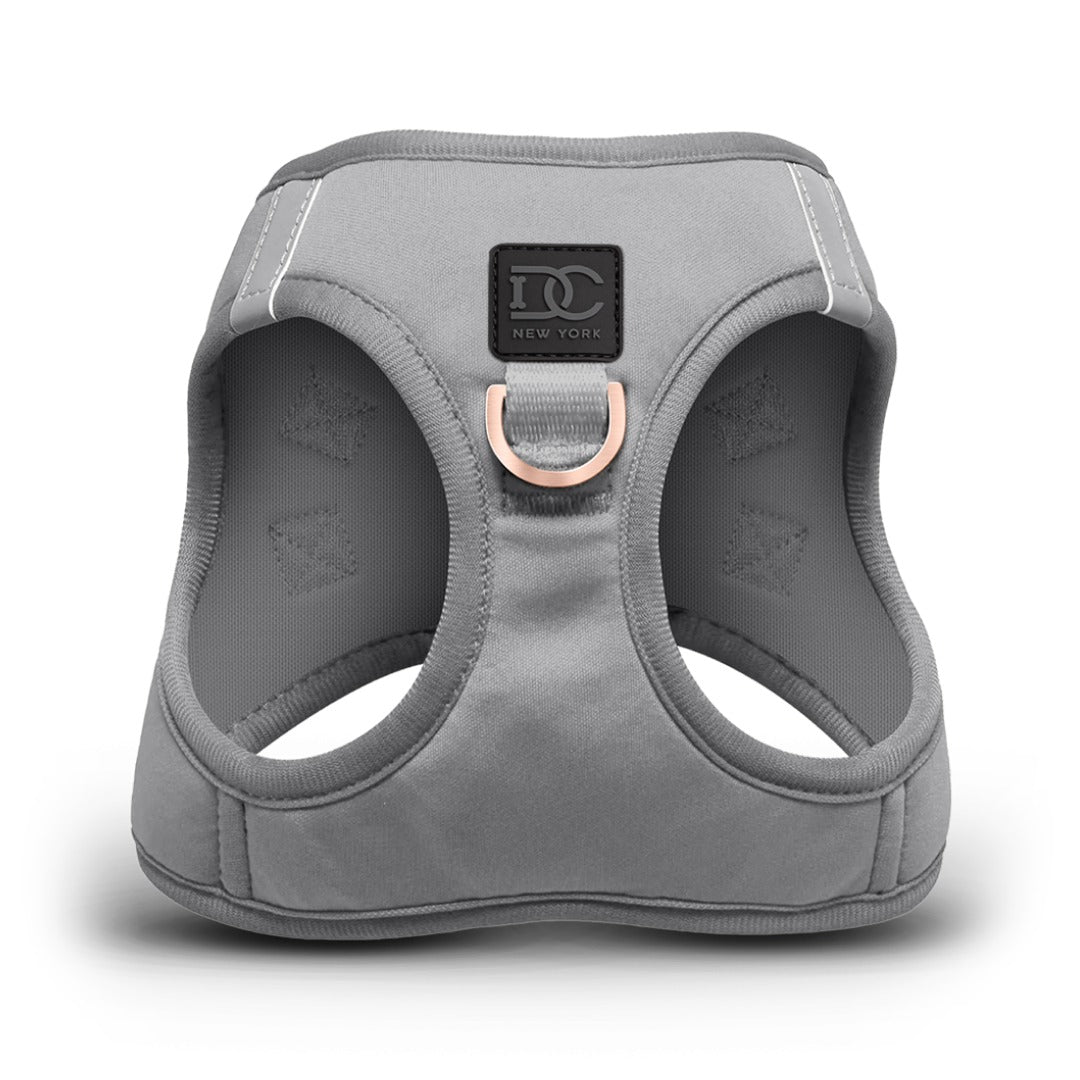
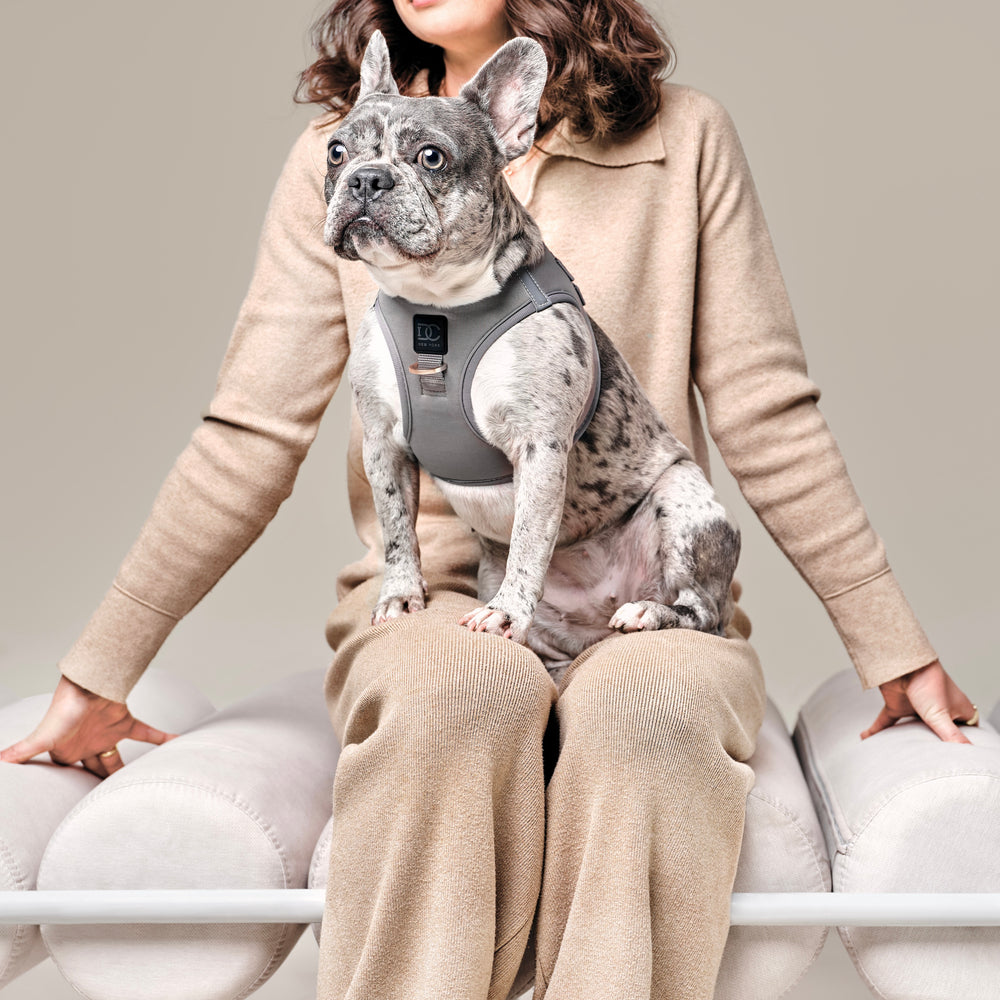
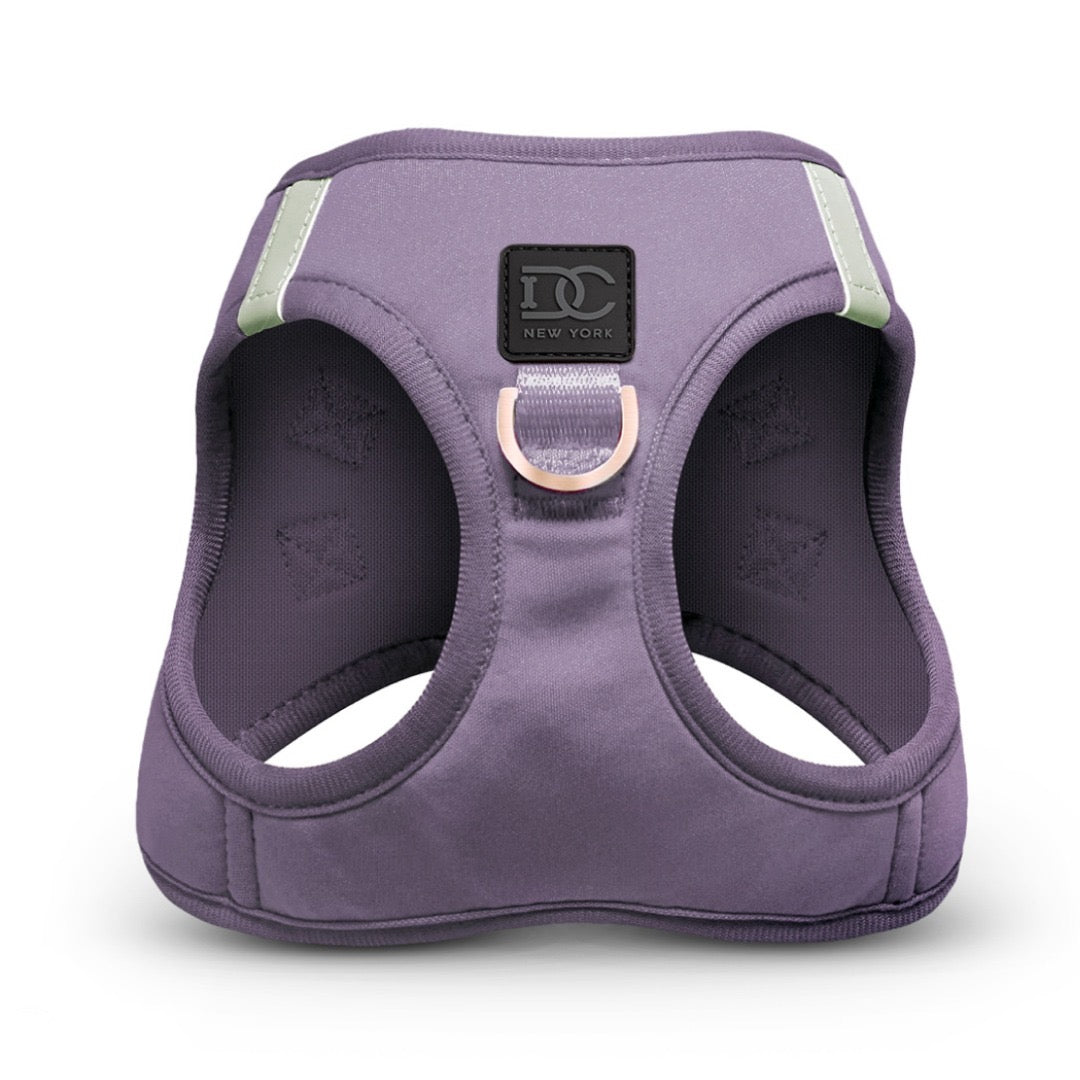

Leave a comment